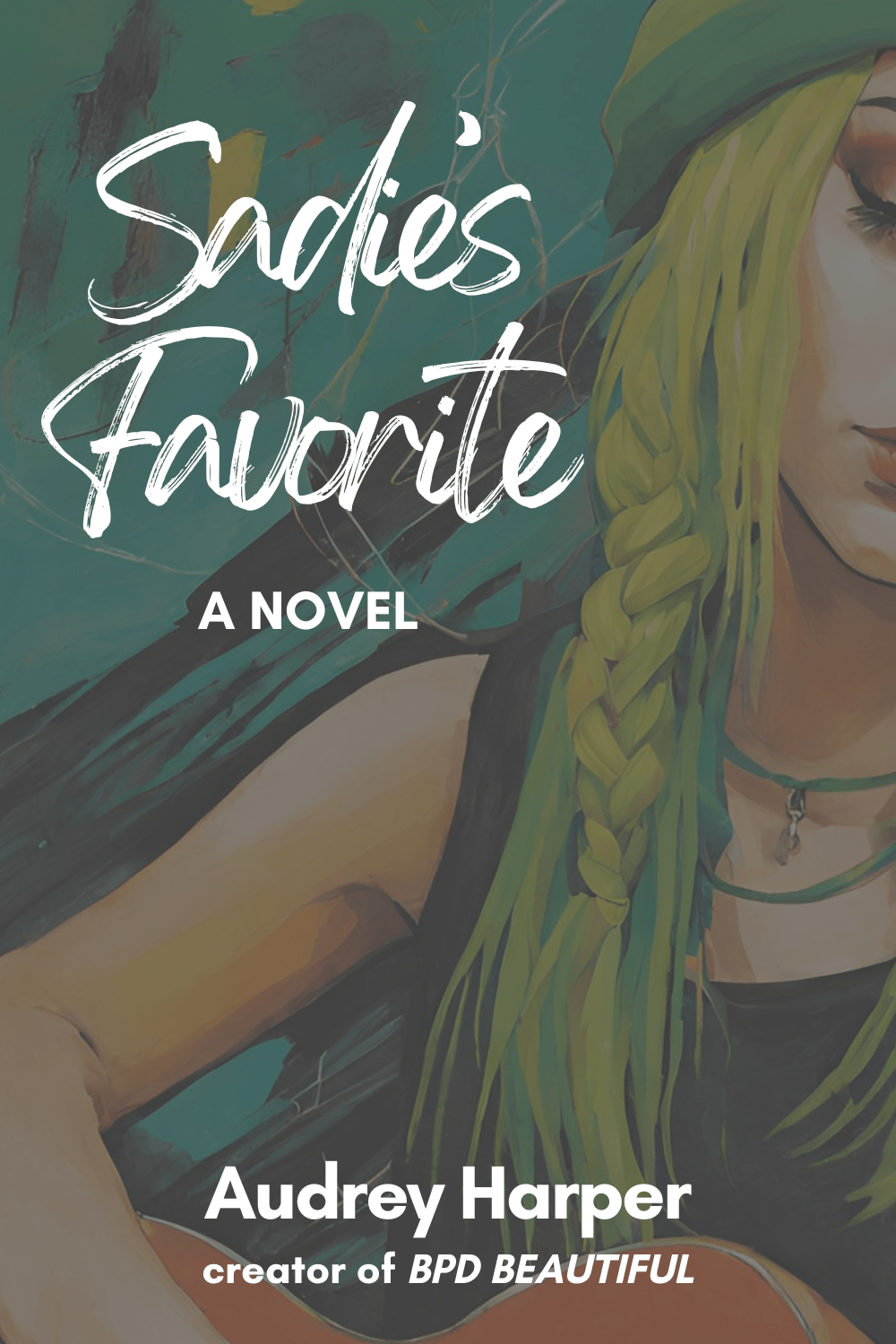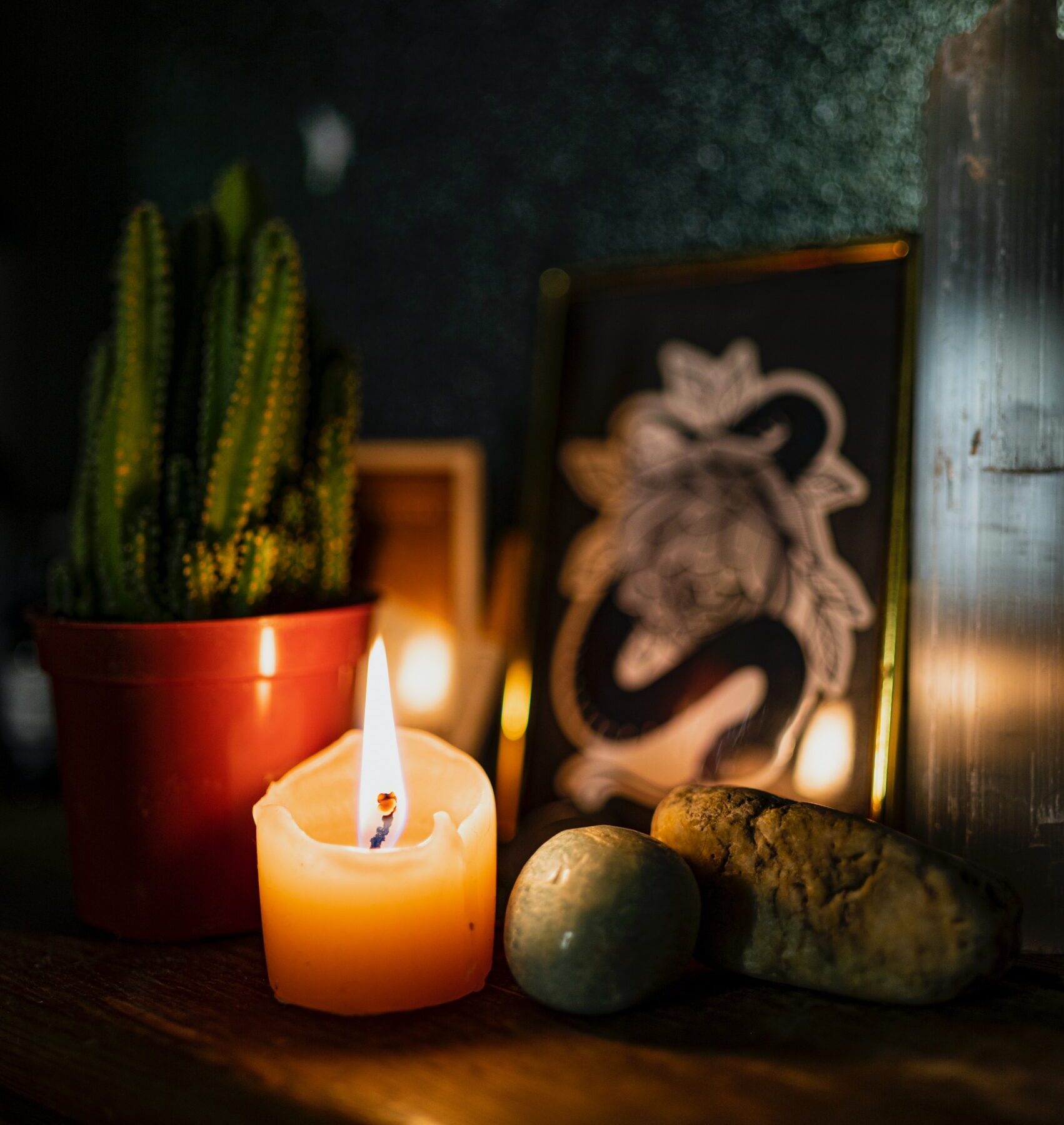
Your #1 Source for BPD Recovery
Stay the course. Ride the wave. BPD is treatable.
Uplifting, Practical Content for BPD.
14.8K+
Followers & Growing
We pride ourselves on posting the most authentic & practical recovery content possible, for warriors & loved ones. No toxic positivity. No depressing memes.
We’re BPD Beautiful.
Everyone on our team has a personal reason for why they’re dedicated to spreading BPD awareness. We’re not a group of mental health professionals who just don’t get it. We’re warriors. We’re survivors. We’re loved ones. We’re advocates.


COMING SOON
Sadie’s Favorite
Sadie’s Favorite tells the story of a girl lost, a woman recovered and the trauma in between. It explores what love is, what it isn’t, friendship and the importance of keeping those you cherish close. But not too close.
WRITTEN by Audrey Harper, creator of BPD Beautiful

“BPD recovery isn’t a destination, it’s a lifestyle. Have patience with yourself. The daily struggle may get you down but it’s the overall journey that matters most.”
Audrey Harper
Creator of BPD Beautiful

Subscribe by Email
Get new recovery content, BPD resources & more sent to your inbox.
Advertise with Us
Whether you’re an author, treatment center or other mental health resource—we have advertising options for you.
Get started →
Write for Us
Have a recovery story you’d like to share? Run your own blog? Submit a post for the chance to be featured on BPD Beautiful.


